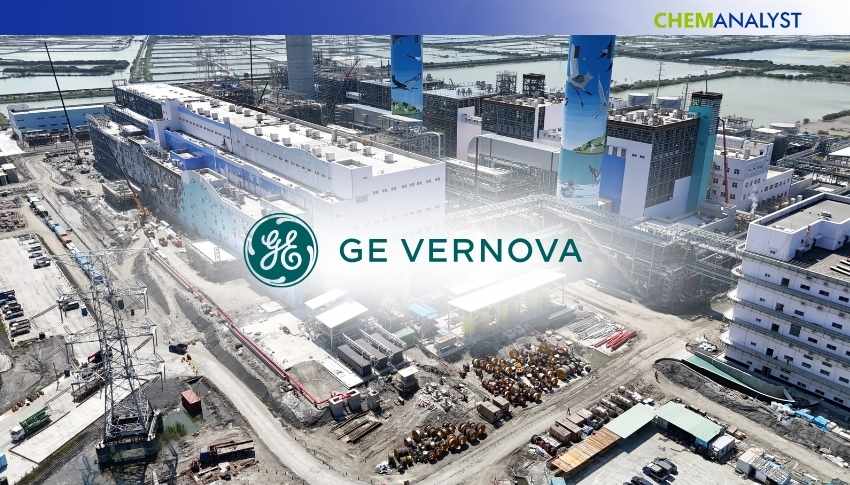Welcome To ChemAnalyst

GE Vernova powers Taiwan's Hsinta plant transition from coal to gas, delivering 1.3 GW with advanced, flexible, low-emission technology.
GE Vernova Inc. has announced a significant milestone in Taiwan’s clean energy transition with the successful commissioning of the first of three blocks at the Hsinta power plant, managed by Taiwan Power Company’s Nan Bu Construction Organization (TPC NPCO). This first block is powered by GE Vernova’s advanced 7HA.03 combined cycle gas turbine technology and is now delivering up to 1.3 gigawatts (GW) of electricity to Taiwan’s national grid. This achievement marks a major step in replacing legacy coal-fired units at the site with more efficient and lower-emission natural gas-powered systems.
The transformation of Hsinta power plant aligns with Taiwan’s Renewable Energy Development Act (REDA), which targets the gradual phase-out of nuclear energy and a significant reduction in coal dependency. According to TPC NPCO Director Mr. Huang, the Hsinta plant plays a vital role in supporting the country’s energy transformation goals. He emphasized the importance of the long-term collaboration with GE Vernova, which has been instrumental in successfully delivering this modern power generation block.
The full project comprises three gas-fired blocks, and once all units are operational—expected in phases by 2025 and 2026—the plant will have a total generation capacity nearing 4 GW. This capacity is anticipated to supply stable and efficient power to households and industries across Taiwan.
The engineering, construction, and commissioning of the first block were conducted by a consortium led by GE Vernova in partnership with local engineering company CTCI Corporation. Each block of the plant includes two of GE Vernova’s highly efficient 7HA.03 gas turbines, two H65 hydrogen-cooled generators, two Heat Recovery Steam Generators (HRSGs), and one STF-D650 steam turbine also with a hydrogen-cooled generator, along with other auxiliary equipment.
Ramesh Singaram, President and CEO for Asia at GE Vernova’s Gas Power division, highlighted that the 7HA.03 turbines are replacing older coal units with cleaner, more efficient gas-fired combined cycle technology. This transition not only reduces carbon emissions by up to 60% but also provides the necessary flexibility to help meet Taiwan’s electricity demand. According to Singaram, GE Vernova’s technology is helping Taiwan reach its target of sourcing 50% of its energy from natural gas by 2025.
The modular design of the GE Vernova 7HA.03 plant allows for faster and more cost-effective installation and maintenance. The turbines are capable of rapidly adjusting output, which makes them well-suited to complement variable renewable energy sources like solar and wind. Furthermore, the 7HA.03 turbines can currently operate on fuel blends containing up to 50% hydrogen by volume, allowing for even greater reductions in carbon emissions as hydrogen infrastructure develops.
GE Vernova has been a consistent contributor to Taiwan’s energy infrastructure since 1961. By 2026, it is projected that over 10 GW of gas-fired power generation capacity in Taiwan will be powered by GE Vernova technologies. This capacity is equivalent to supplying energy to more than 23 million households across the island, further cementing GE Vernova’s role in driving Taiwan’s sustainable energy future.
We use cookies to deliver the best possible experience on our website. To learn more, visit our Privacy Policy. By continuing to use this site or by closing this box, you consent to our use of cookies. More info.
